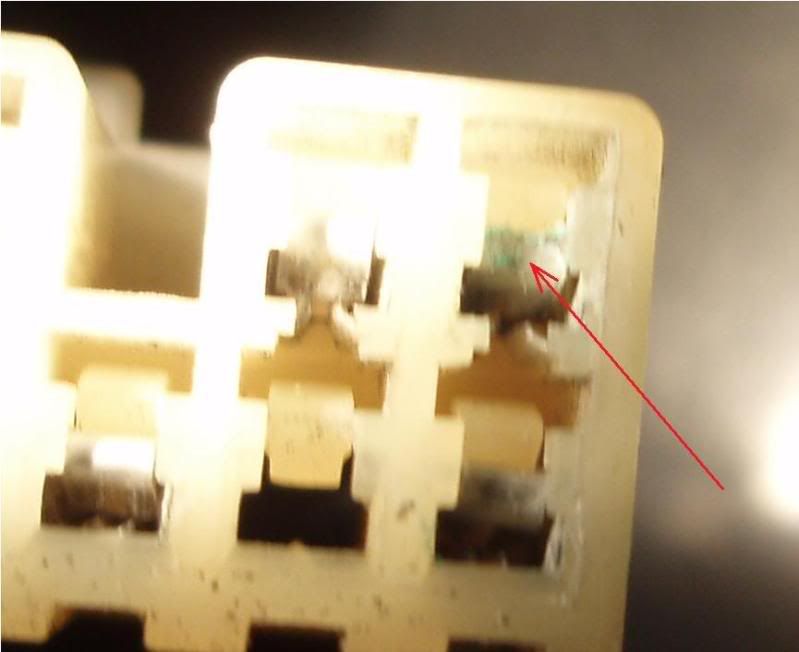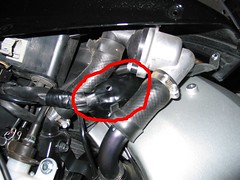03HiYoSilver
Well-known member
I have been experiencing some rough idling and some surging at speed and found out the Corroded Wire Harness Connector may have been the culprit. After cleaning the Connector, for the second time in a year, my idling & surging has subsided.
Be Carefull and don't use a wire brush while the battery is connected, CAREFUL this connector is HOT/Electrically speaking and may Short something out. After some cleaning, I took some silicone and sealed the wire sides of the connector to reduce moisture from entering.
This is the largest connector about 3" wide by the triple tree as pointed out below.
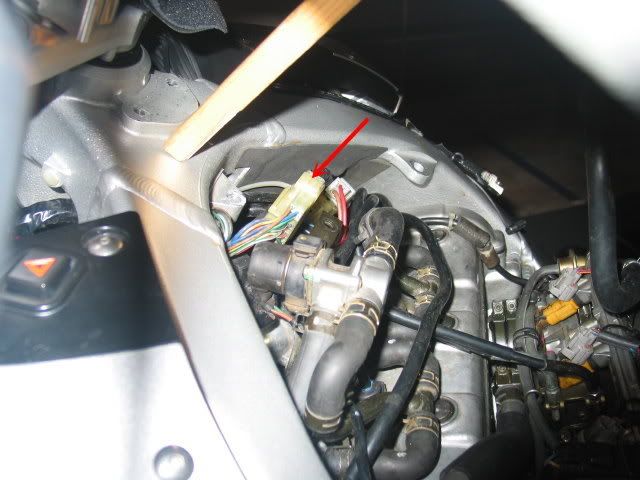
The arrow points out where most of the corrosion was found in the female connection.
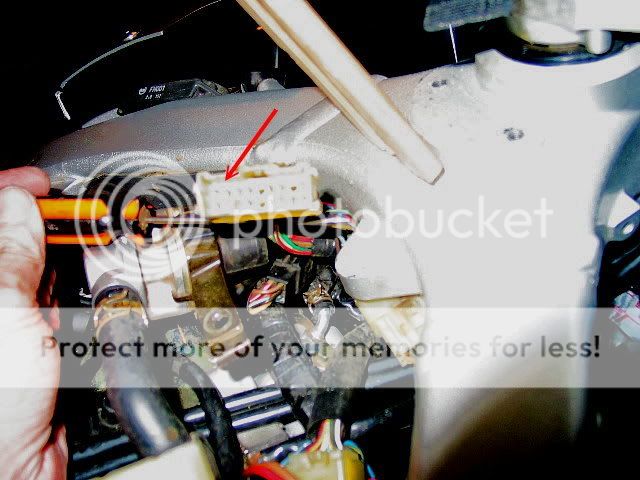
The arrow points out where most of the corrosion was found in the male connection.
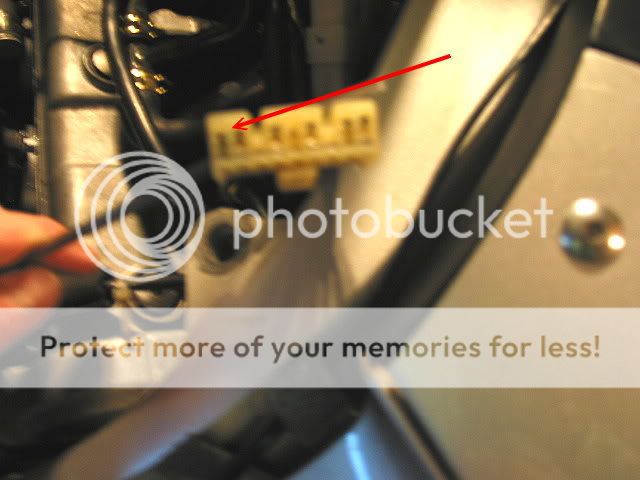
I just found a wiring diagram

and it appears that the 2 High Voltage Coils (one for #1 & #4)(one for #2 & #3) pins in the Wiring Harness sit right next to each other with no Isolation. Thus any dirt/corrosion causes a leak path(shorting) between the pins causing Irregular/Intermittent poor running conditions. (These 2 pins sit tooooo close to each other with the voltages involved)
I cleaned them last night and......
I did a run tonight and it is SMOOOOTH as silk with no Surging/More Even Power throughut the RPM Range and a Smoother idle.
Can't wait to see how the Gas mileage is with a full tank.....it has been between 28-32 mpg with this unsolved condition.
Let me know if anyone else uses this fix with their results. This is something the Mechanics will probably Never Diagnose....at least mine didn't.
Just thought if you are having some wierd problems, this may be something to look at.
Be Carefull and don't use a wire brush while the battery is connected, CAREFUL this connector is HOT/Electrically speaking and may Short something out. After some cleaning, I took some silicone and sealed the wire sides of the connector to reduce moisture from entering.
This is the largest connector about 3" wide by the triple tree as pointed out below.

The arrow points out where most of the corrosion was found in the female connection.

The arrow points out where most of the corrosion was found in the male connection.

I just found a wiring diagram

and it appears that the 2 High Voltage Coils (one for #1 & #4)(one for #2 & #3) pins in the Wiring Harness sit right next to each other with no Isolation. Thus any dirt/corrosion causes a leak path(shorting) between the pins causing Irregular/Intermittent poor running conditions. (These 2 pins sit tooooo close to each other with the voltages involved)
I cleaned them last night and......
I did a run tonight and it is SMOOOOTH as silk with no Surging/More Even Power throughut the RPM Range and a Smoother idle.
Can't wait to see how the Gas mileage is with a full tank.....it has been between 28-32 mpg with this unsolved condition.
Let me know if anyone else uses this fix with their results. This is something the Mechanics will probably Never Diagnose....at least mine didn't.
Just thought if you are having some wierd problems, this may be something to look at.
Last edited by a moderator:























































